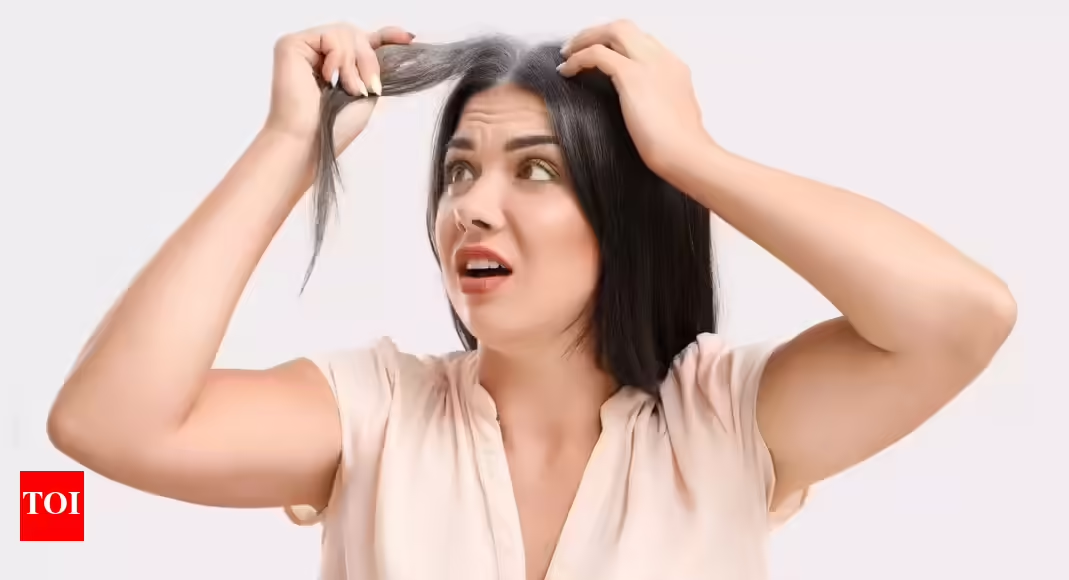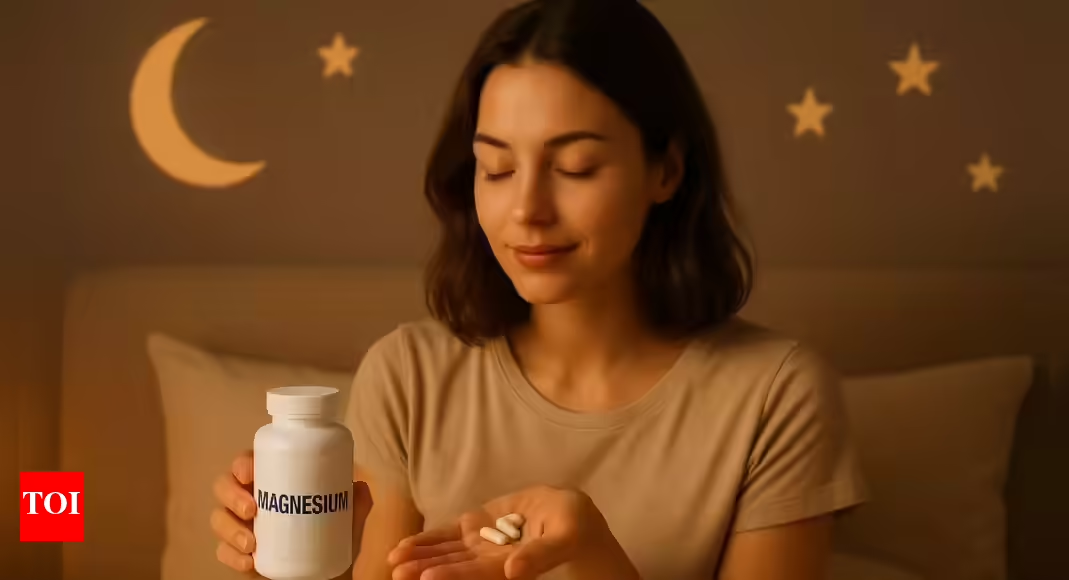The Gray Hair Revolution: Can Your Hair’s Natural Color Be Restored?
Have you ever stared in the mirror and wondered if your gray hair could magically transform back to its youthful hue? You’re not alone! For years, gray hair was seen as an irreversible part of aging, but recent scientific discoveries are shaking up our understanding. It turns out, gray hair may not be as permanent as we once thought.
The Science Behind Gray Hair
Gray hair occurs when our bodies produce less melanin — the pigment responsible for hair color. While genetics is a significant factor, recent studies suggest that environmental stressors, nutritional deficiencies, and hormonal imbalances also play a crucial role. In particular, researchers have found that stress can deplete the stem cells in hair follicles. This depletion affects melanin production, leading to those telltale gray strands.
When Gray Hair Can Turn Back
1. Stress-Induced Graying
A fascinating study indicates that stress activates our sympathetic nervous system, releasing norepinephrine that interferes with melanin production. If caught early, the effects of stress-induced graying can be reversed, allowing hair color to return as the body’s stress levels stabilize.
2. Nutritional Deficiencies
Iron, copper, and calcium are essential for healthy melanocyte function. Evidence suggests that addressing deficiencies in these nutrients can restore hair color to some extent, especially if the melanocytes remain functional.
3. Hormonal Imbalances
Hormones are powerful regulators of melanocyte activity. Correcting hormonal imbalances, particularly if addressed early, can help restore hair’s natural color. However, the timeline of recovery depends on the extent of the hormonal disruption.
When Gray Hair Sticks Around
Despite promising breakthroughs, not all cases of gray hair are reversible.
1. Age-Related Graying
As we age, our melanocytes naturally diminish in number and efficiency, leading to permanent loss of pigmentation. While there are ways to slow down this process, actual restoration is rare.
2. Genetic and Autoimmune Disorders
Conditions like vitiligo can severely affect melanocytes, leading to irreversible graying. For those dealing with genetic predispositions, treatment options are limited, but support from healthcare professionals can make a big difference.
Insightful Takeaway
It’s essential to remember that gray hair can be a signal of underlying health issues, such as thyroid imbalances or vitamin deficiencies. If you notice graying at an unusually young age, consulting a healthcare provider can shed light on the root causes.
In essence, while the fight against gray hair isn’t a lost cause, it’s full of complexities. Embrace your beauty, and whether you choose to maintain your natural color or flaunt the silver, remember that confidence is the best accessory of all.
Original article: Times of India




